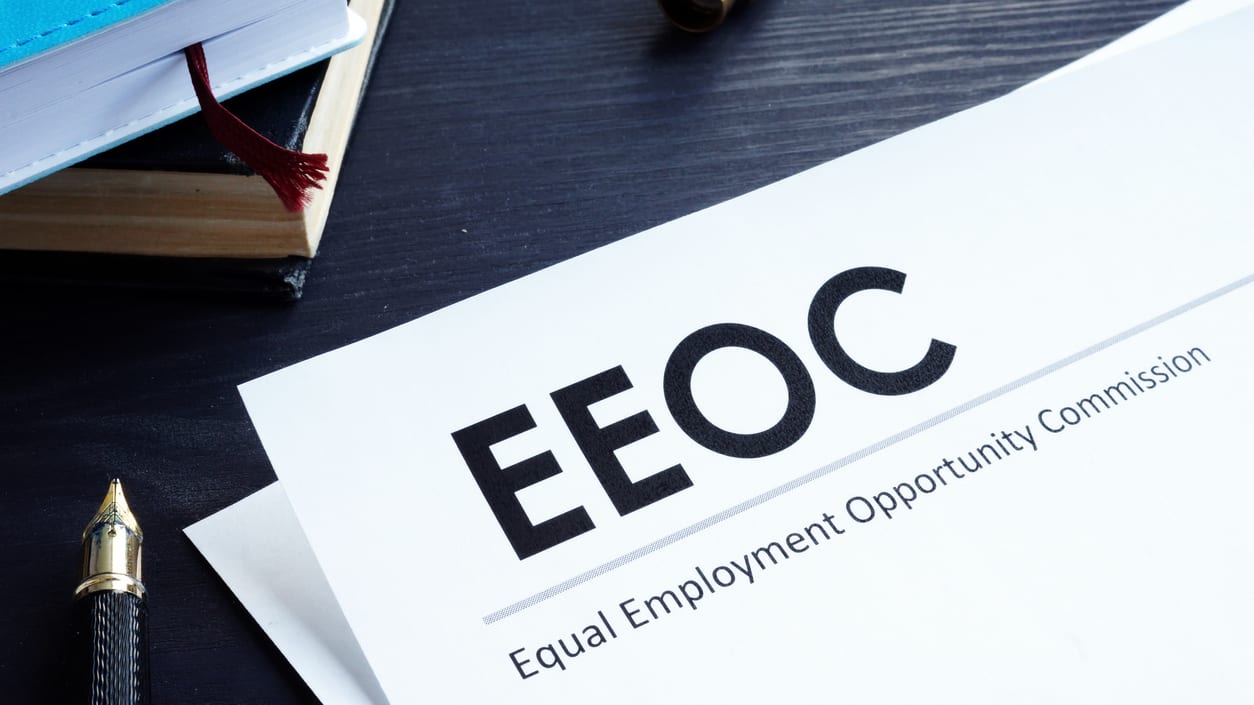The Equal Employment Opportunity Commission (EEOC) has extended the deadline for filing the EEO-1 form from July 19 to Aug. 23.
Businesses with 100 or more employees and some federal contractors with at least 50 employees must submit an annual EEO-1 form, which asks for information from the previous year about the number of employees who worked for the business, sorted by job category, race, ethnicity and gender.
The EEOC did not collect such data in 2020 due to the coronavirus crisis. Covered employers now have until the new deadline to submit both their 2019 and 2020 data.
We've gathered articles on the news from SHRM Online and other trusted outlets.
Backlog of Outstanding Support Requests
The extension will be welcome by employers with outstanding support requests, which often take up to four weeks for an agency response. The EEOC has a backlog due to a high number of company support requests for reporting mergers, acquisitions and spinoffs, as well as support requests to obtain user registration and login information.
(Lexology)
File EEO-1 Form as Soon as Possible
The EEOC still "encourage[s] eligible employers to file the required EEO-1 Component 1 report(s) as soon as possible." A filing portal, support center and answers to frequently asked questions can be found on the EEOC's website.
Component 1 and Component 2 of the Form
In addition to the information that employers must file this year—which is known as Component 1—certain employers also had to report in 2019 pay data for 2017 and 2018 as part of the EEO-1 form's Component 2. Employers were required to report employees' hours worked and pay information from their W-2 forms, broken down into the same categories as the data in Component 1. Under the Trump administration, the EEOC concluded that the burden imposed on employers to gather Component 2 information outweighed the usefulness of the data for the agency.
California's Pay Data Reporting Law
California was the first state to enact its own pay data reporting law, which took effect this year. The law requires employers with 100 or more employees that must file an annual EEO-1 under federal law to submit an annual report to the state's Department of Fair Employment and Housing that includes the number of employees and the hours they worked:
- By race, ethnicity and sex;
- In each of the job categories in the federal EEO-1 report;
- When their annual earnings fall within each of the pay bands used by the U.S. Bureau of Labor Statistics in the Occupational Employment Statistics Survey.
Employers with multiple establishments must submit a report for each establishment and a consolidated report that includes all employees.
(SHRM Online)
[Want to learn more? Join us at the SHRM Annual Conference & Expo 2021, taking place Sept. 9-12 in Las Vegas and virtually.]
Illinois Pay Data Collection Law
Pay data reporting begins Jan. 1, 2023, in Illinois, and employers must obtain an equal pay registration certificate by March 24, 2024. The Illinois law requires a compilation of a list of all employees during the past calendar year, separated by gender, race and ethnicity categories, and a report of the total wages paid to each employee during the past calendar year, rounded to the nearest hundred dollars.
(Littler)




